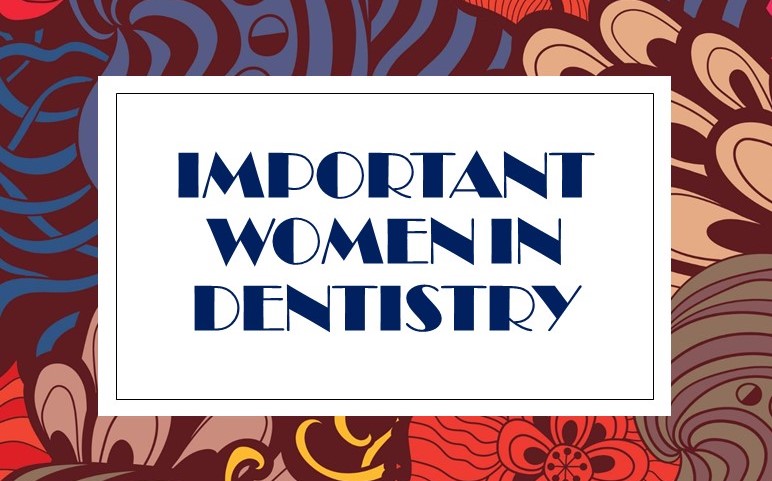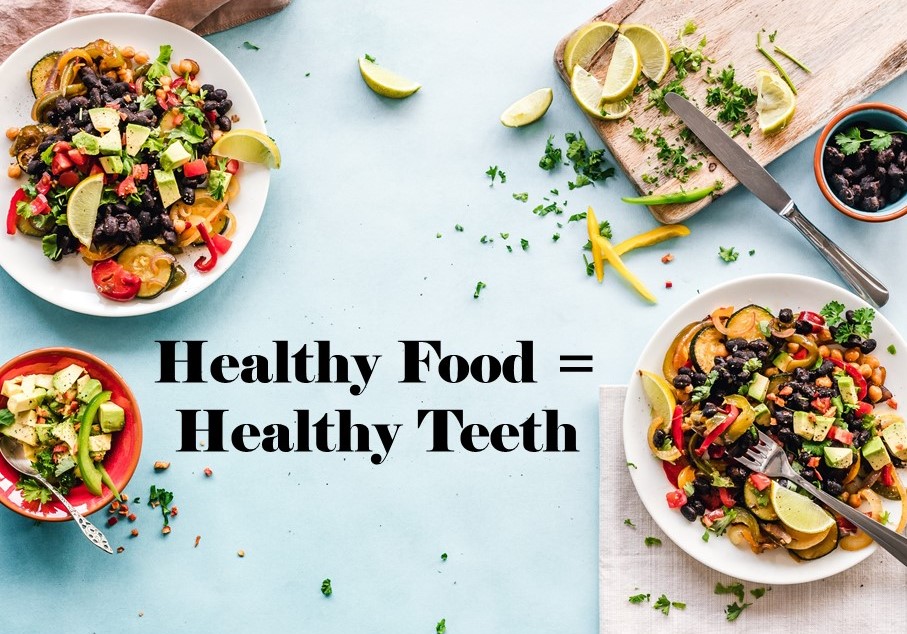Smile and Feel Confident
December 11th, 2023

At Barden Orthodontics we love healthy smiles! This means not only having straight, well aligned teeth, but also teeth that are healthy and well cared for with brushing and flossing.
Great oral hygiene (brushing, flossing and rinsing with fluoride mouthwash) is important for a number of health outcomes. Oral hygiene is important to reduce dental issues such as cavities, gum disease and bad breath. Oral hygiene is also important for overall health. People with great oral hygiene even have a longer life expectancy than people who do not take good care of their mouth and teeth!
There are also numerous psychological benefits to having great oral hygiene. Psychologists at Lancaster University found that people who recently brushed their teeth, compared to those who had not brushed their teeth, reported:
- Greater confidence in social interactions
- Fewer nervous behaviors (such as fidgeting) when interacting with other people.
Looking for a quick confidence builder? It’s as easy as taking 2 minutes to Brush, Floss, and Rinse! Knowing you have a beautiful smile (and fresh minty breath) is an easy way to feel comfortable and confident when interacting in any social situation.
Dr. Barden recommends that you always carry a travel toothbrush and floss for a quick brush after meals while at work or school. Follow his advice and you will be confident in any social situation!
Follow us on Facebook or Twitter for more fun orthodontic facts and dental tips!































 Website Powered by Sesame 24-7™
Website Powered by Sesame 24-7™